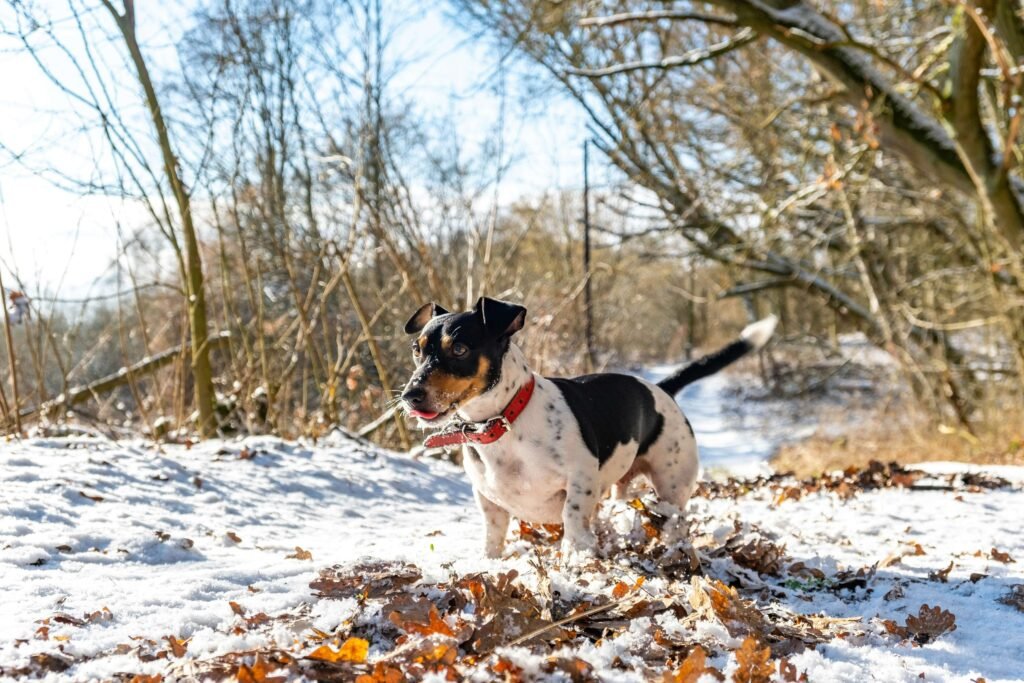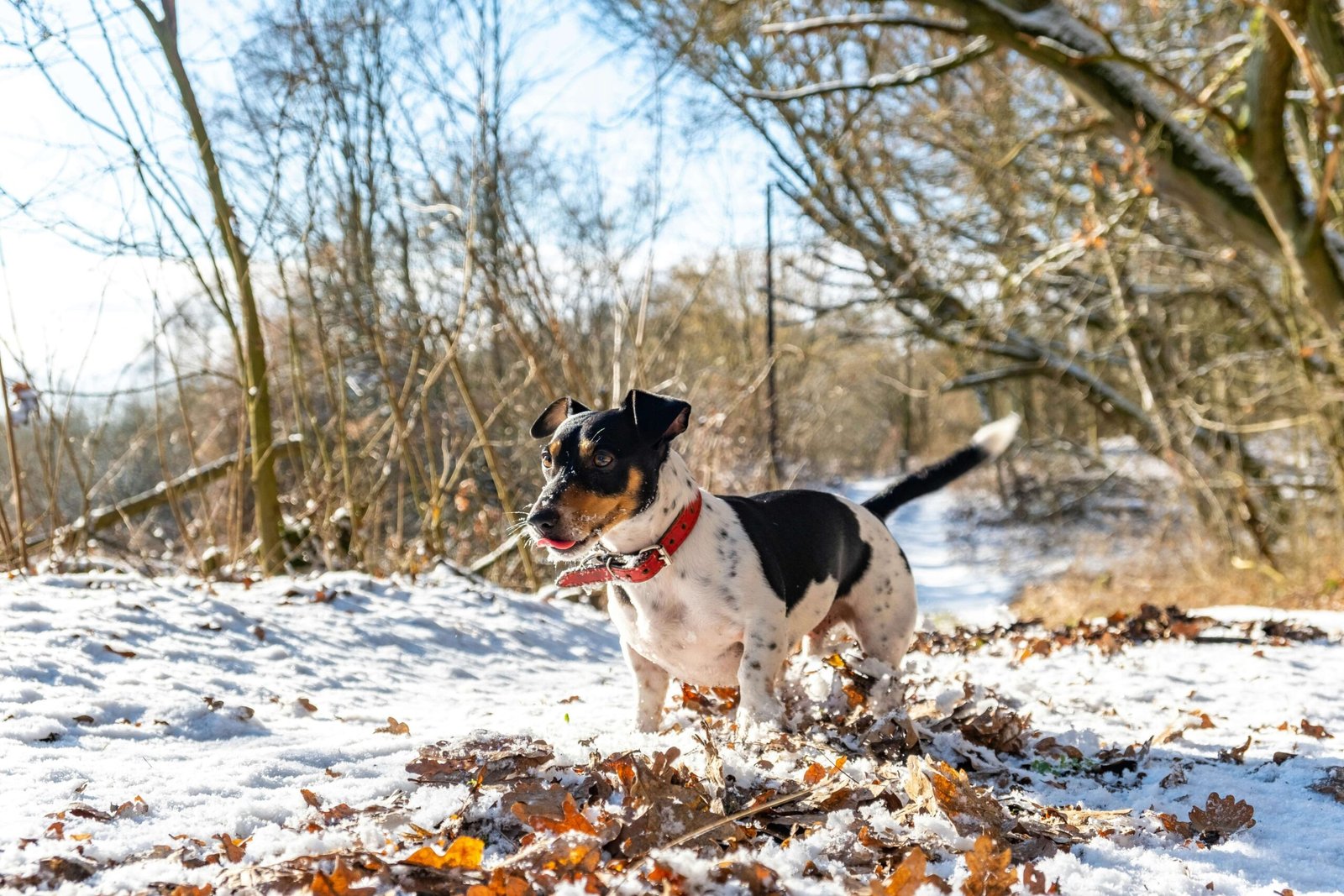Understanding Why a Dogs Limp Improves with Movement
Have you ever noticed your furry friend limping after waking up or during the first few steps of a walk, only to see them bounce back to their usual playful self as they move more? This phenomenon—where a dog’s limp improves with movement—is not uncommon, and it often leaves pet owners puzzled. Is it something to worry about, or is it just a temporary quirk? In this blog post, we’ll explore why this happens, what could be causing it, and how you can help your canine companion. Whether you’re a seasoned dog owner or new to the world of pets, understanding this behavior will empower you to make informed decisions about your dog’s health.
Common Reasons Behind a Dog’s Limp That Improves with Movement
When a dog starts limping but seems to recover as they move, it’s often linked to specific underlying factors. Here’s a breakdown of the most common causes:
Muscle Stiffness:
After periods of rest, such as sleeping or lying down for a long time, a dog’s muscles can become stiff. This stiffness may cause temporary discomfort when they first start moving.Joint Issues:
Conditions like arthritis or mild joint inflammation can lead to stiffness that eases as the joints warm up through movement.Minor Injuries:
A small strain or sprain might cause initial pain, but gentle activity can help loosen the affected area, reducing the limp over time.Cold Weather Effects:
Cooler temperatures can make muscles and joints feel tighter, leading to a temporary limp that resolves with physical activity.Overexertion from Previous Activity:
If your dog had an active day prior, they might experience delayed soreness that improves once they get moving again.
Understanding these potential causes can help you identify whether your dog’s limp is a minor issue or something that requires veterinary attention. Remember, while some limps improve naturally, others may need professional evaluation.
Signs to Watch Out For When Your Dog’s Limp Improves with Movement
While many cases of limping that resolve with movement are harmless, there are certain signs that warrant closer observation. Here’s what you should look out for:
Persistent Limping After Warm-Up:
If your dog continues to limp even after moving around for a while, it could indicate a more serious issue.Swelling or Visible Injury:
Check for any swelling, cuts, or abrasions on the affected limb, as these could point to trauma or infection.Reluctance to Put Weight on the Leg:
If your dog avoids putting weight on the leg entirely, it may suggest a severe injury or fracture.Changes in Behavior:
Look for signs of irritability, lethargy, or reduced appetite, which could indicate pain or discomfort beyond the limp.Limping That Recurs Regularly:
A recurring limp, especially if it worsens over time, should never be ignored, as it could signal progressive joint disease or another chronic condition.
By keeping an eye on these indicators, you can better assess whether your dog needs immediate medical care. Early detection of problems ensures faster recovery and minimizes the risk of complications.
Check this guide 👉Why Is My Dog Limping After Laying Down? Best 7 Expert Tips!
Check this guide 👉Why Your Dog is Limping but Not Crying: Best 7 Health Tips!
Check this guide 👉Understanding the Anatomy of a Dogs Leg: Best 7 Tips!

Potential Causes | Possible Solutions |
|---|---|
Muscle stiffness | Gentle stretching exercises before walks |
Joint inflammation | Anti-inflammatory supplements (consult vet) |
Minor strains or sprains | Rest and limited activity for a few days |
Cold weather effects | Keep your dog warm with blankets or jackets |
Overexertion from activities | Balance exercise routines; avoid overdoing it |
Steps to Help Your Dog Recover from a Temporary Limp
If your dog’s limp improves with movement and doesn’t show alarming symptoms, there are several steps you can take at home to support their recovery. Consider the following tips:
Encourage Gentle Exercise:
Short, low-impact walks can help loosen stiff muscles and joints without causing further strain.Provide Comfortable Rest Areas:
Ensure your dog has a soft, supportive bed to rest on, which can reduce pressure on their joints.Massage the Affected Area:
Light massage can improve blood circulation and alleviate tension in sore muscles.Monitor Their Diet:
A balanced diet rich in omega-3 fatty acids can promote joint health and reduce inflammation.Use Heat Therapy (if appropriate):
Applying a warm compress to the affected area can soothe stiffness, but consult your vet first.
These measures can go a long way in helping your dog recover comfortably. However, always prioritize professional advice if the limp persists or worsens.
Preventive Measures to Reduce the Risk of Future Limps
Prevention is key when it comes to ensuring your dog stays healthy and active. Here are some strategies to minimize the chances of future limping episodes:
Maintain a Healthy Weight:
Excess weight puts extra stress on your dog’s joints, increasing the likelihood of injuries or conditions like arthritis.Regular Vet Check-Ups:
Routine visits to the veterinarian can catch early signs of joint or muscle problems before they escalate.Provide Adequate Exercise:
Balance is crucial—too little or too much exercise can both contribute to mobility issues.Invest in Quality Footwear (if needed):
Protective boots can prevent injuries during outdoor adventures, especially on rough terrain.Supplement Joint Health:
Glucosamine and chondroitin supplements can support long-term joint function, particularly in older dogs.
By adopting these preventive practices, you can significantly reduce the risk of limping and ensure your dog enjoys a happy, active life.
Environmental Factors Contributing to Limping
Environmental factors can play a significant role in why your dog might experience limping that improves with movement. Understanding these influences can help you create a safer and more comfortable environment for your pet.
Uneven Surfaces:
Walking or running on uneven terrain can strain your dog’s muscles and joints, leading to temporary limping.Slippery Floors:
Hardwood or tiled floors may cause your dog to slip, resulting in minor injuries or stiffness.Extreme Temperatures:
Both hot pavements and icy surfaces can irritate your dog’s paws, indirectly causing limping as they adjust their gait.Exposure to Wet Conditions:
Prolonged exposure to rain or damp environments can lead to joint stiffness, especially in older dogs.Overexertion During Play:
High-energy activities like fetch or tug-of-war can sometimes lead to muscle fatigue or strain.
By addressing these environmental factors, you can minimize the risk of limping episodes and ensure your dog remains comfortable and safe.
Nutritional Support for Joint Health
Proper nutrition plays a vital role in maintaining your dog’s joint health and overall mobility. A well-balanced diet can not only prevent limping but also improve recovery if your dog experiences stiffness.
Omega-3 Fatty Acids:
Found in fish oil, omega-3s have anti-inflammatory properties that can reduce joint pain and swelling.Glucosamine and Chondroitin:
These compounds support cartilage repair and are commonly recommended for aging dogs.Lean Protein Sources:
High-quality proteins help maintain muscle strength, which supports joint stability.Hydration:
Proper hydration ensures that joints remain lubricated and flexible.Avoid Overfeeding:
Excess weight can place unnecessary stress on your dog’s joints, increasing the likelihood of limping.
Incorporating these nutritional elements into your dog’s diet can significantly enhance their joint health and reduce the frequency of limping episodes.
Mental and Emotional Aspects of Limping
While physical causes are often the focus when addressing limping, mental and emotional factors can also influence your dog’s gait and behavior. Stress or anxiety may manifest physically, including through temporary limping.
Stress-Induced Tension:
Dogs under stress may hold their bodies stiffly, leading to muscle tightness and limping.Fear or Trauma:
Past injuries or traumatic experiences can cause a dog to favor certain limbs out of habit or fear.Separation Anxiety:
Some dogs exhibit physical symptoms, such as limping, when left alone due to heightened anxiety levels.Excitement-Related Injuries:
Overly enthusiastic greetings or play can sometimes result in minor strains or sprains.Behavioral Changes:
Sudden changes in your dog’s routine or environment may trigger physical responses, including limping.
Understanding the emotional side of your dog’s limping can provide deeper insights into their overall well-being. Addressing both physical and emotional needs will ensure a holistic approach to their health.
Frequently Asked Questions About Dogs’ Limps That Improve with Movement
Should I be worried if my dog limps after sleeping?
Not necessarily. It’s common for dogs to experience temporary stiffness after rest, but monitor for persistent or worsening symptoms.
Can cold weather cause my dog to limp?
Yes, colder temperatures can tighten muscles and joints, leading to temporary limping that usually resolves with movement.
How do I know if my dog’s limp requires veterinary care?
Persistent limping, visible swelling, or reluctance to use the leg are red flags that warrant a vet visit.
Are certain breeds more prone to limping issues?
Larger breeds and those predisposed to joint problems, like German Shepherds or Labrador Retrievers, may experience limping more frequently.
Can supplements really help with my dog’s joint health?
Yes, supplements containing glucosamine and omega-3s can support joint health, but consult your vet before starting any new regimen.
Empowering Pet Owners to Support Their Dogs’ Mobility
A dog’s limp that improves with movement is often a sign of minor stiffness or temporary discomfort rather than a major health concern. By understanding the potential causes, recognizing warning signs, and taking proactive steps, you can ensure your furry friend remains happy and mobile. Remember, prevention and early intervention are your best tools in maintaining your dog’s overall well-being. So, keep an eye on their gait, provide plenty of love and care, and don’t hesitate to seek professional advice when needed. With your support, your loyal companion will continue to thrive and bring joy to your life for years to come.
Understanding Scabs in Dogs Ears: Best 7 Tips! Learn how to identify, treat, and prevent scabs in your dog’s ears for optimal ear health.
Is Cinnamon Bad for Dogs? Best 7 Health Tips! Discover safe ways to use cinnamon, risks to avoid, and expert advice to keep your dog healthy.
Can Dogs Get Pneumonia from Humans? Best 7 Tips! Learn how to protect your dog, understand transmission risks, and ensure their respiratory health.
Can Dog Urine Make You Sick? Best 7 Health Tips! Learn how to stay safe, prevent illness, and handle exposure to dog urine effectively.





